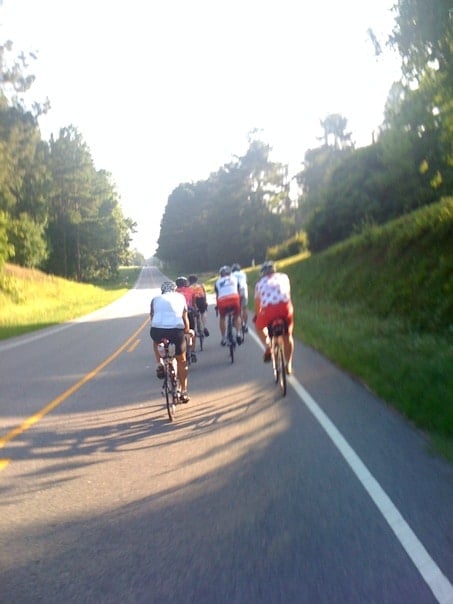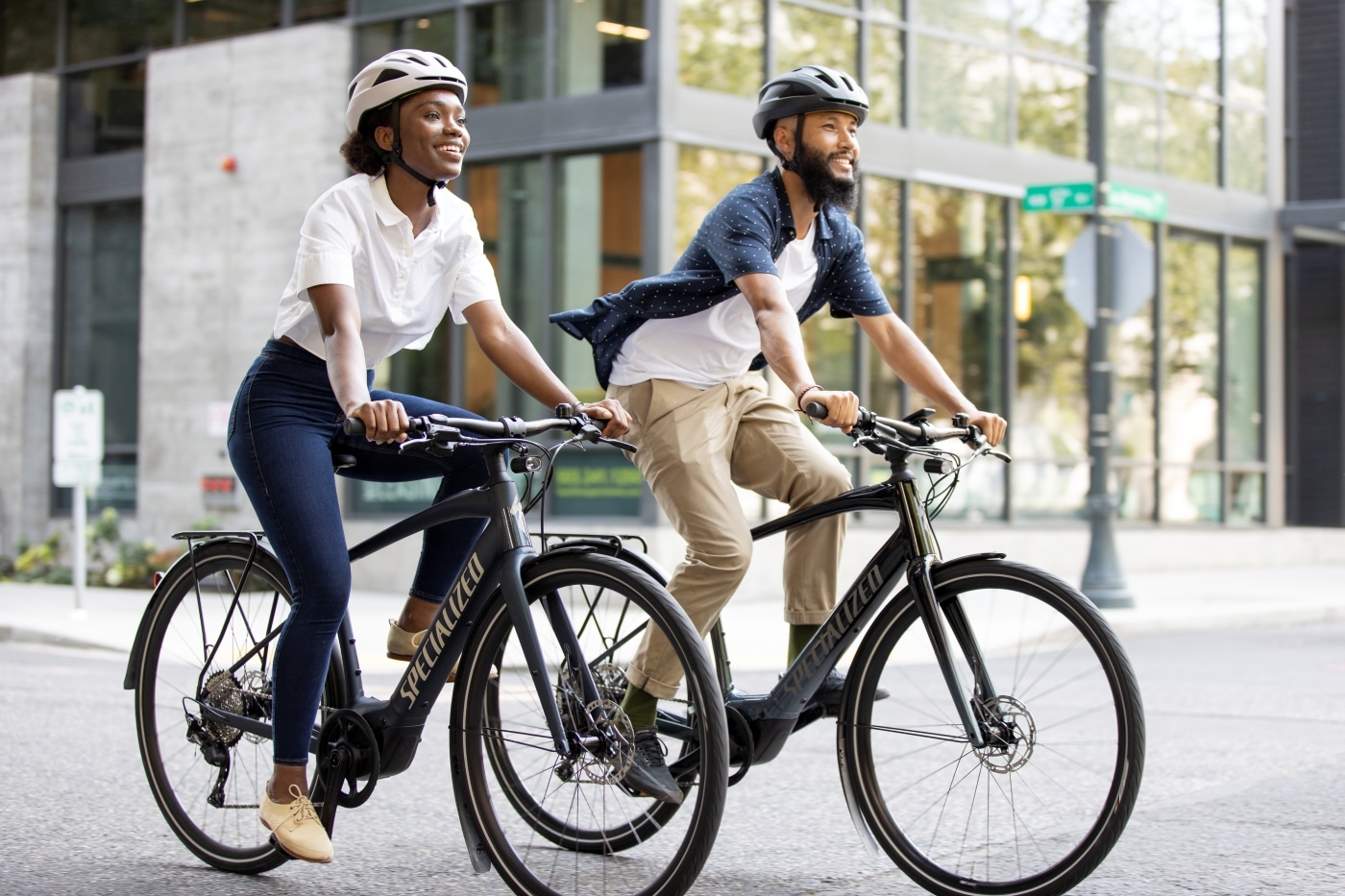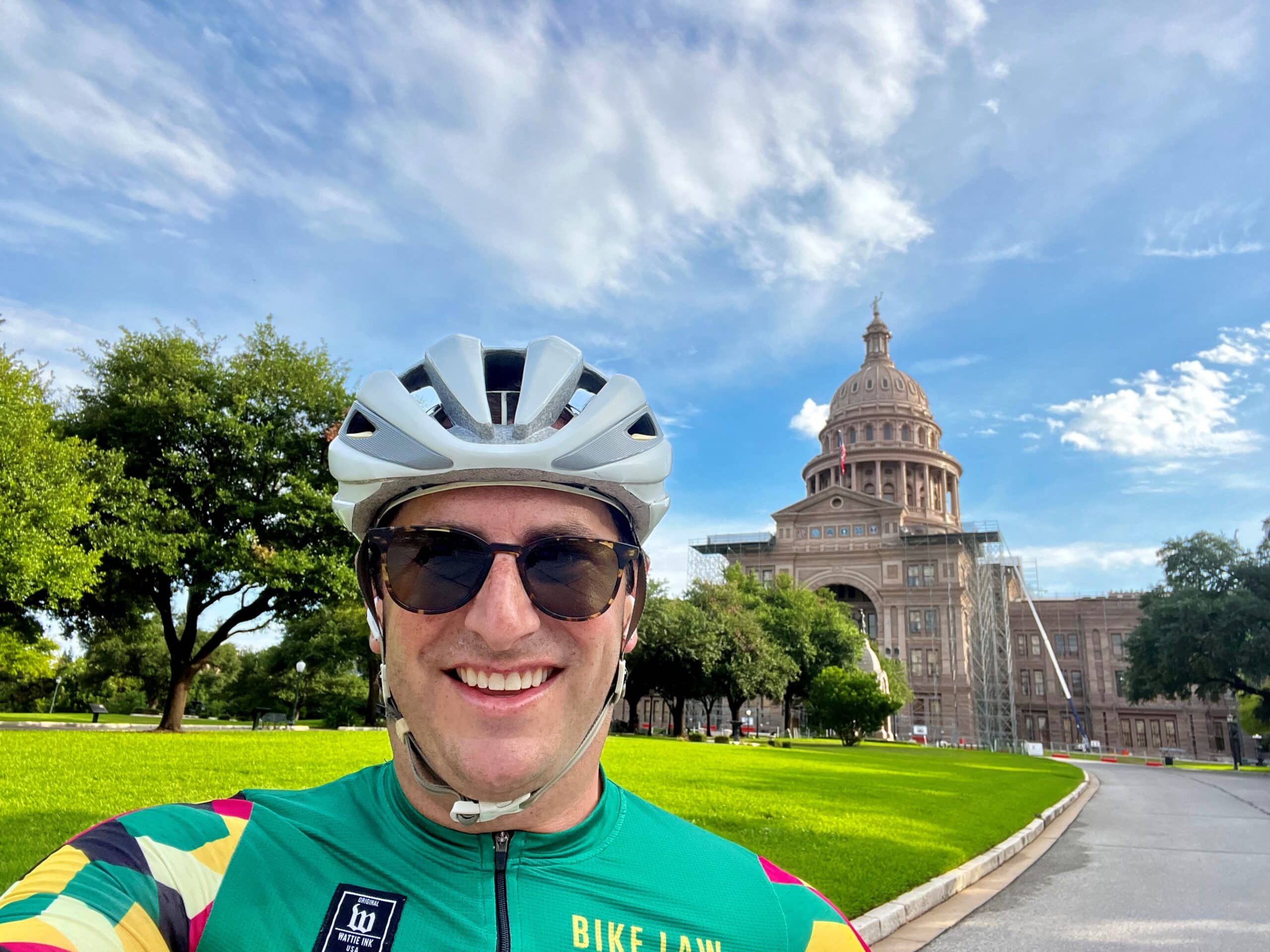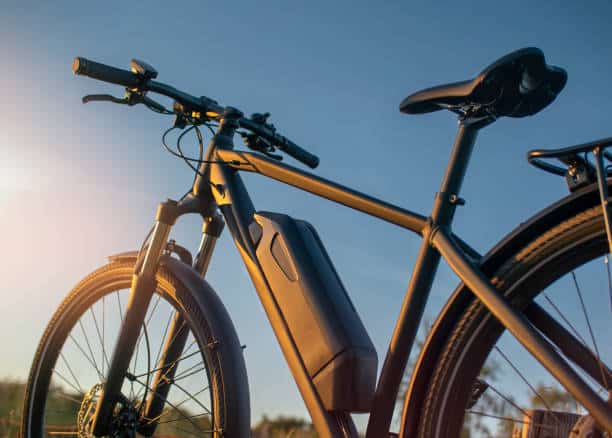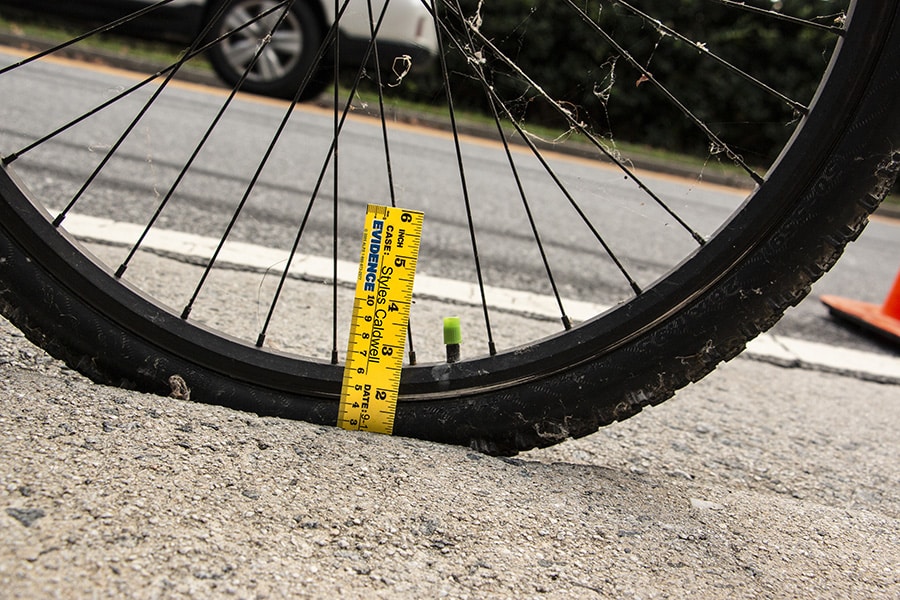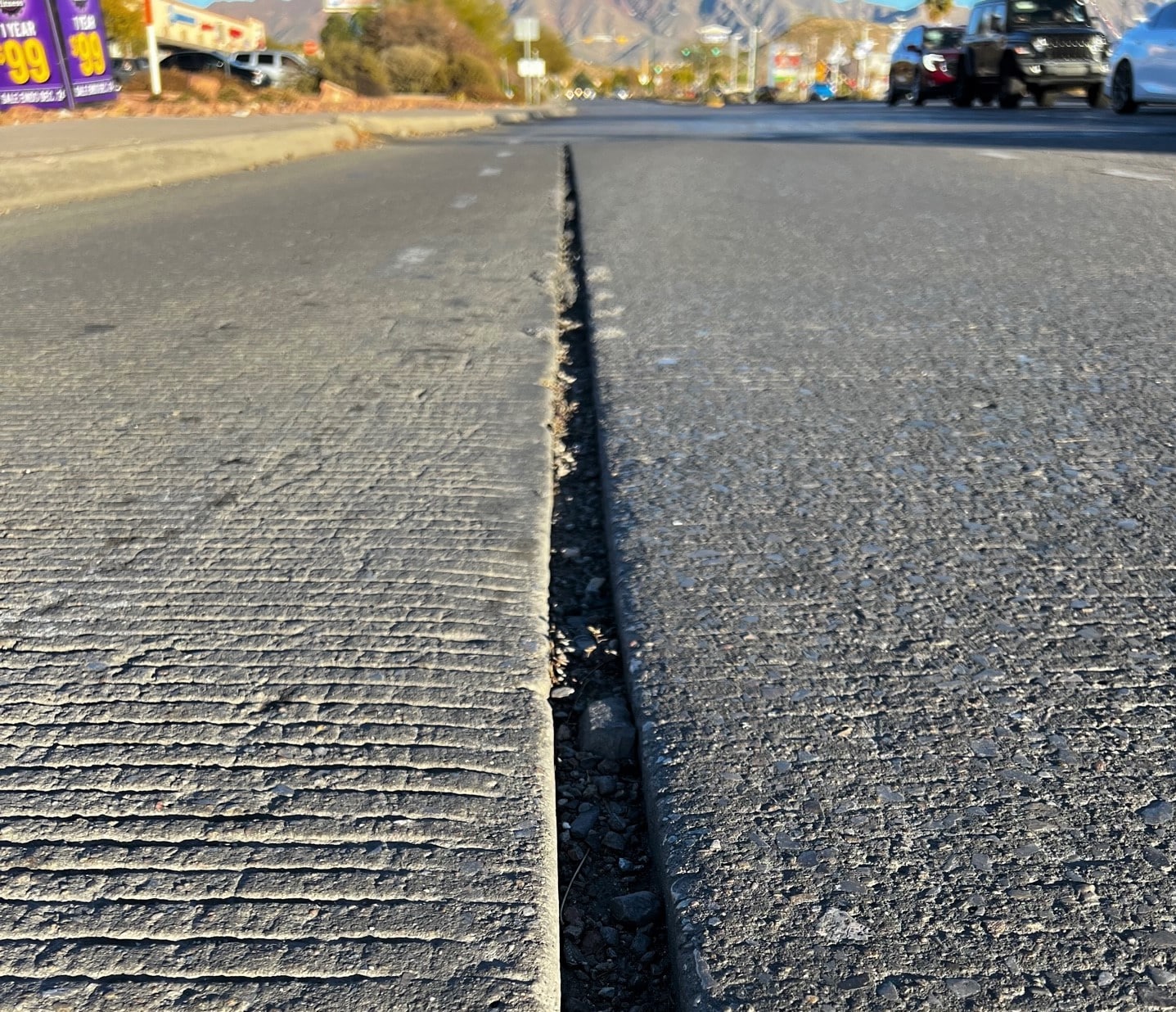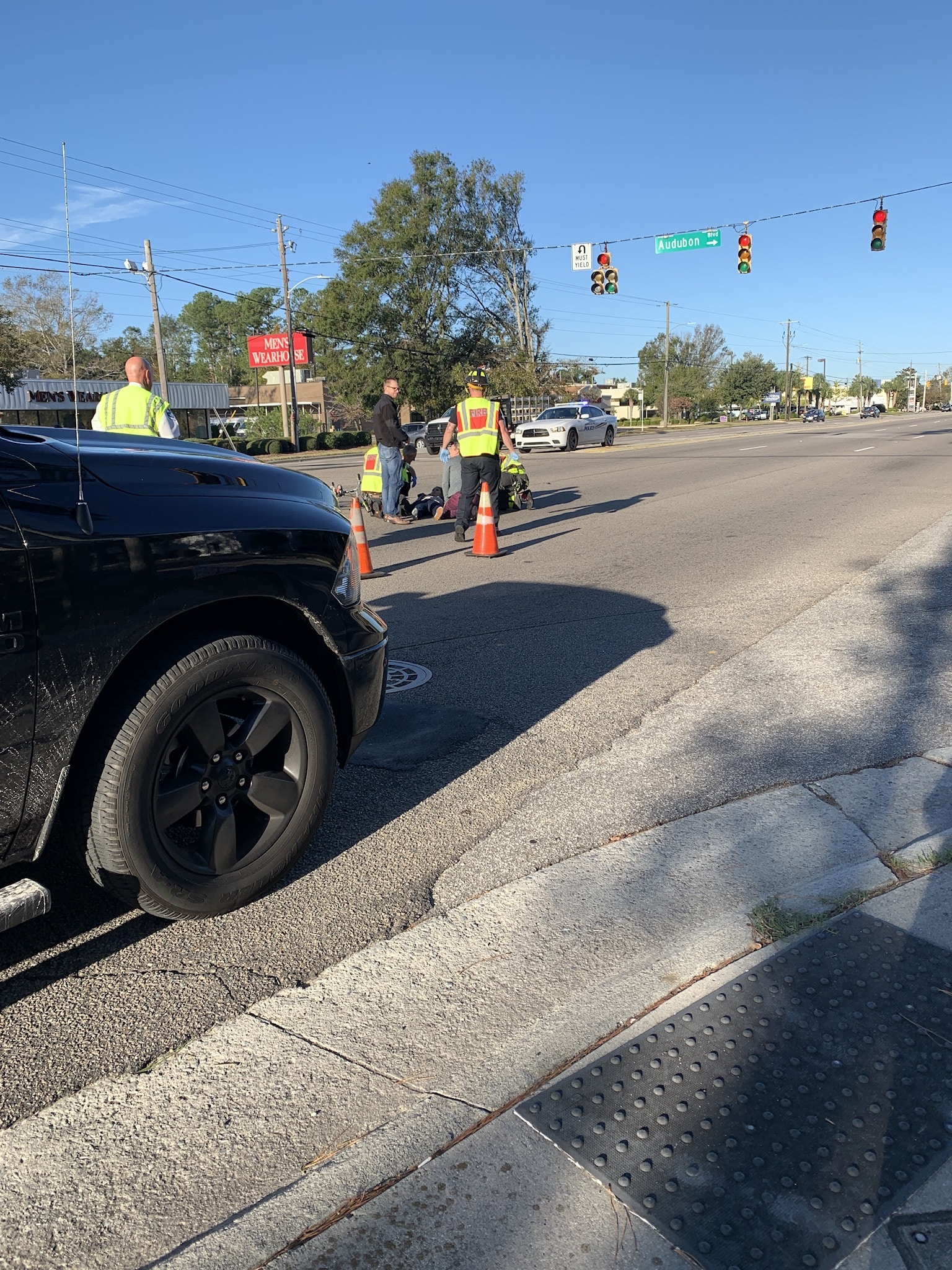Right now you’re probably spending the holiday with families and friends – perhaps even getting out for a bike ride. But while you’re enjoying those festivities, your rights as a bicyclist in North Carolina are being placed in serious jeopardy.
A study committee set up by the General Assembly under House Bill 232 has been reviewing several bicycle laws. The committee just issued a draft report. If the provisions of that draft are turned into law:
- You would be forced to ride your bike in the right hand side of your lane and could be ticketed for using the full travel lane.
- If your group ride has more than 30 riders, you might be required to get a special permit from your local government.
Happy holidays, everybody!
BikeWalkNC, statewide bike and pedestrian advocacy group, is leading the charge in fighting these provisions. Here is the Draft Report and here are the Draft Appendices.
Bike Law has been following the work of the study group for several months. I wrote in November about two-abreast riding. I want to be clear that it’s not all bad news. To borrow a title from a Clint Eastwood movie, the report is more along the lines of “The Good, The Bad, and The Ugly.”
The Good
I’m delighted to see these safe passing measures in the committee’s draft report:
Cars could cross the double yellow line. One provision would allow motor vehicles to safely pass bicyclists by crossing over a double yellow line.
- Why this is good: Many cars already cross the double yellow line to safely pass bikers. This would make that practice legal. We’ve all had drivers sit behind us, tying up other traffic, because of the yellow line even though a safe pass could be accomplished by crossing over it. Hopefully, this will take care of that issue.
Cars would have to give cyclists four feet of clearance. Under a related provision, motor vehicle operators would have to either provide a minimum of four feet of clearance when passing a biker or completely enter the other travel lane.
- Why this is good: If you have ever been buzzed by a motorist, you’ll appreciate this change in the law. A four-foot passing rule would put North Carolina on par with Pennsylvania, the only other state that specifies that minimum distance. The majority of states require only three feet of minimum passing distance, according to a new bicycle passing chart from the National Conference of State Legislators. To be clear, I’ve always said passing distances are largely unenforceable. I suppose passage of a four-foot law can be used educationally, and it sends a message to motorists.
Bicyclists would get the same “vulnerable road user” protections as motorcyclists. Bicyclists would be added to an existing statute which provides additional protections to motorcycle operators involved in a vehicle crash.
- Why this is good: Bike Law recently did a post that discussed vulnerable road user laws. Those laws apply when a driver commits a driving infraction and a cyclist or other vulnerable road user is seriously injured. The laws fill the gap, giving law enforcement officials and courts options between the small fines handed down for a driving infraction and the serious penalties under criminal law. North Carolina currently has no VRU laws for bicyclists, so this is an encouraging start.
The Bad
Here’s where I have serious issues with the NCDOT Draft report.
Cyclists would not be allowed to ride more than two abreast. Did you know North Carolina law is currently silent about two-abreast riding? That style of riding is standard operating procedure for most cycling groups, and for that reason the law doesn’t need fixing. The working group voted unanimously to recommend no change to existing statutes regarding riding abreast. The DOT report overrides that recommendation.
- Why this is bad. As BikewalkNC noted, “new regulations on cycling abreast within a single lane would create unnecessary enforcement problems, particularly when groups of cyclists rotate and where they stop at traffic signals.” A bigger concern: some bike advocates say any tinkering with the statute by lawmakers could lead to an even more restrictive policy – such as a single-file policy advocated for by at least one member of the study group.
Solo bicyclists would be restricted to the right half of a marked travel lane. There are many safety reasons that cyclists move into the center position of the travel lane. This change, if passed into law, would be a serious step in the wrong direction for North Carolina bicyclists by outlawing that practice, with a few exceptions.
- Why this is bad. As BikewalkNC notes on its website:
“Restricting solo bicyclists to the right half of the lane interferes with defensive bicycling practices such as lane control, staying well out of the door zone of parked cars, improving visibility at junctions, and avoiding right-hook crashes. It encourages police and motorist harassment of safe cyclists and invites legal problems for cyclists via the state’s contributory negligence law.”
In my opinion, a far right rule is unnecessary because 99.9% of cyclists on rural roads, which is what lawmakers are really concerned about, ride in the right half of the lane. Legislating lane position would take rights away from those who need them to stay safe – mainly cyclists in more urban settings – while adding no benefit to rural motorists.
Cycling clubs of 30 or more could be required to secure permits. The working group proposed that the NCDOT develop a program for best practices of cycling groups. The NCDOT went well past that proposal, noting in the report that the General Assembly might consider laws to allow local governments to register informal group rides:
“Any such legislation should apply to groups of more than 30 cyclists riding for recreational purposes, in a continuous formation, and causing significant delay to traffic flow or preventing safe passing. A group ride that routinely creates queues of vehicles waiting to pass on higher speed roadways should adhere to existing bicycle racing laws, acquiring the necessary permits issued by local or state agencies.”
- Why this is bad. This legislation could have the effect of killing larger club rides and many of the weekly group rides common in North Carolina’s larger urban and suburban areas. Some of those rides draw 50 to 100 riders. Those rides have been instrumental in bringing out new riders, boosting overall ridership and creating a sense of community.
The Ugly
And now for the ugly. HB232, the bill that set up the study group, was titled “Bicycle Safety Laws Study.” But the simple fact is that the hidden legislative agenda had very little to do with cyclist safety. The real motivation behind the study group? Steven Goodridge, the BikeWalkNC representative who served on the study group, spells it out:
“[O]ne should understand that the real impetus behind H232 was not bicyclist safety, but a desire to increase convenience for motorists on rural roads used by bicyclists. The legislators who sponsored the bill were responding to complaints from rural motorists who have been temporarily delayed by bicycle traffic…”
Let that sink in for a moment. The lawmakers who pushed for this study weren’t really focused on your safety as a cyclist. They and their constituents were upset because you were slowing down some cars. One solution would be to push cyclists out of the way.
In the comments below, Goodridge makes an important point that I need to include here. On several key safety issues, the NCDOT flat-out ignored the committee’s recommendations — recommendations made after lengthy discussion and careful deliberation by experienced bicyclists. Here’s what Goodridge said:
“The committee had no control over what NCDOT wrote and recommended in the report, which is contrary to unanimous votes by the committee in several instances, as can be seen in the committee minutes.”
One of the most troubling parts of the draft is the recommendation to make bicyclists ride on the right half side of the travel lane. Bicyclist lane position was not even an issue identified in HB232 to be studied. So where did that come from? Committee member and State Traffic Engineer Kevin Lacy brought it up during the study group’s first meeting when members were asked what additional items they wished to cover. According to Goodridge:
“At multiple times over the course of the study, Lacy expressed a desire to keep bicyclists at the edge of the road to prevent them from delaying motorists. He also claimed that this would prevent rear-end collisions of bicyclists due to bicyclists’ low speed.”
Goodridge lists four real world scenarios where it’s recommended that cyclists ride in the left hand side of the travel lane for safety reasons:
- To improve visibility when approaching a location where a driver may pull out from a side street or driveway;
- To improve visibility when approaching a location where an oncoming driver may turn left in front of the bicyclist ;
- To avoid being right-hooked at a location where right turns are permitted;
- Where lane width fluctuates.
BikeWalkNC asked to make a presentation to the work group on lane positioning. That request was denied. In the end, the study group discussed lane positioning in the context of other issues (such as riding abreast and informal group rides) but did not form a recommendation specific to operating position in the roadway. The recommendation to move cyclists to the right hand side of the lane was inserted in the final draft by someone at the DOT.
In an e-mail to DOT officials, Goodridge said it was “irresponsible and reprehensible” for the agency to make its recommendation about lane positioning without proper discussion by the committee.
I agree. It’s hard to understand how the DOT could release such a half-baked recommendation. It’s at best ill-informed and at worst downright dangerous for bicyclists. DOT officials appear ready to hand lawmakers the justification they want to kick road cyclists to the curb, all in the name of safety. That, unfortunately, is the ugly truth.
These days, the DOT is all about “customer service,” especially when that customer is the motoring public. But motorists are not the only customers, and the customer is not always right — not when cyclists are put in serious jeopardy. Our safety should never take a back seat to the convenience of motorists. We can’t let this happen.
What You Can Do
What can you do to fight these harmful DOT recommendations? Here are some suggestions:
Tell your cycling buddies about HB 232. Many cyclists are unaware that these recommendations are in the works. Be sure they know about it – and be sure they comment by TUESDAY at 5 p.m. From the BikeWalkNC site:
Please email questions and comments to NCDOT (at [email protected]) by 5:00 p.m. on December 29, 2015. Include “H232 Comments” in the title. Comments should be addressed to “NCDOT” or to the “Joint Legislative Transportation Oversight Committee.” Email comments will be included as an addendum to the appendix. The final report and appendix will be sent to the Joint Legislative Transportation Oversight Committee by December 31, 2015.
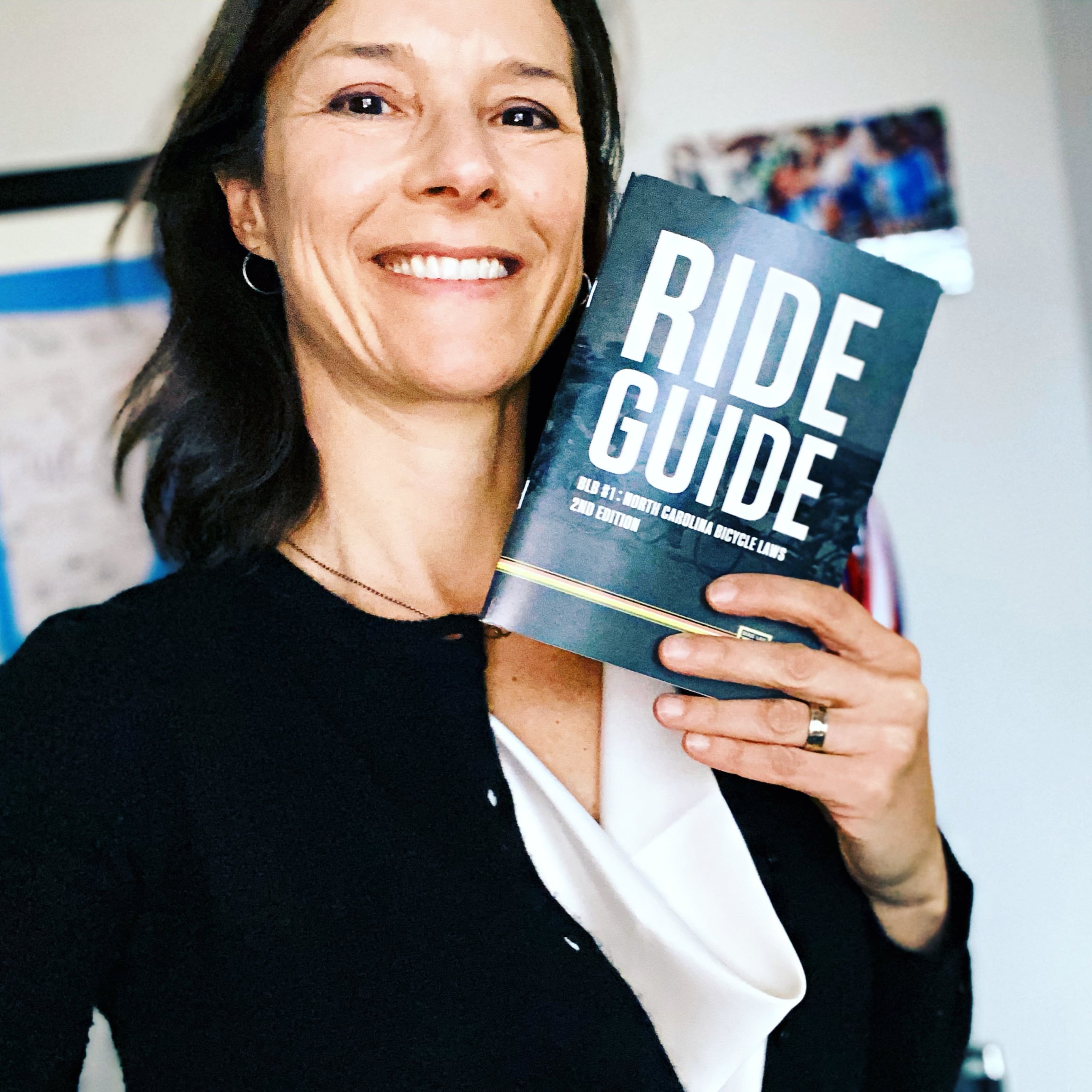
North Carolina lawyer and Bike Law founder, Ann Groninger, has advocated at the state level on behalf of bicyclists in North Carolina for over 15 years. Ann has offices in Charlotte and Durham and has helped bike accident clients in Asheville, Raleigh, Durham, Greenville, Wilmington, Fayetteville, and throughout the state. Read more about Ann on her bio page.



